
QuakeCoRE Seminar – 22 March 2019
February 22, 2019
Blind Prediction Competition 2019
March 20, 2019Earthquake Resilient Building and Design: UC Self-guided Tour
This tour and information was produced as part of the UC 2018-2019 USER Student summer programme.
Damage-resistant design: a new approach
Normally buildings are designed for earthquakes with -˜life safety-™ in mind. Buildings are designed to be safe, but are often badly damaged following large earthquakes. Damage-resistant buildings take a different design approach. They employ innovative construction techniques which minimise building damage during large earthquakes, while still ensuring safety.
Examples of seismic design techniques
Fluid Viscous Braces
During an earthquake, fluid inside the brace heats up and is forced to move between two chambers. Similar to a vehicle-’s suspension, the brace acts as a damper and reduces the seismic energy that is transferred to the rest of the building.
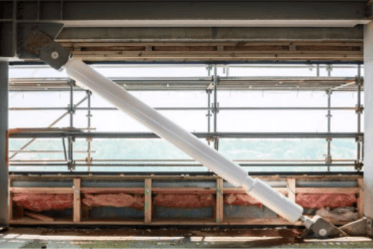
Buckling Restrained Braces (BRB)
BRBs consist of a ductile steel core, a concrete fill, and a steel casing which resists buckling. BRBs absorb energy, resist the horizontal load exerted on buildings during earthquakes, and therefore reduce the potential for damage to the rest of the building.
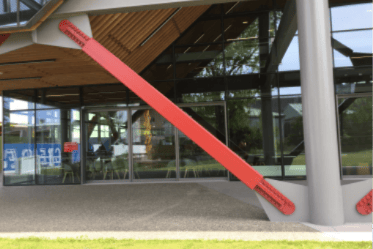
Seismic Joints
Used to connect two adjacent buildings and allow for parts of the building to move independently during earthquake shaking. Seismic joints prevent the damage caused by parts of the building colliding during large earthquakes.
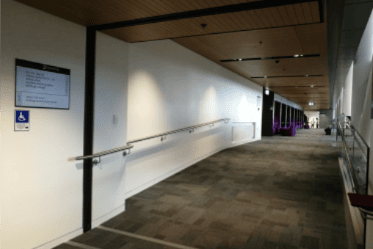
Rocking Systems
Cables are threaded through hollow beams and columns. A rocking systems enables building sections to move before being pulled back into place by the cables, with little or no damage to the building during a large earthquake.
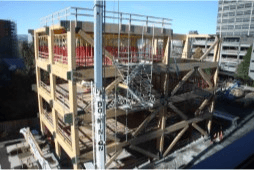
Tour
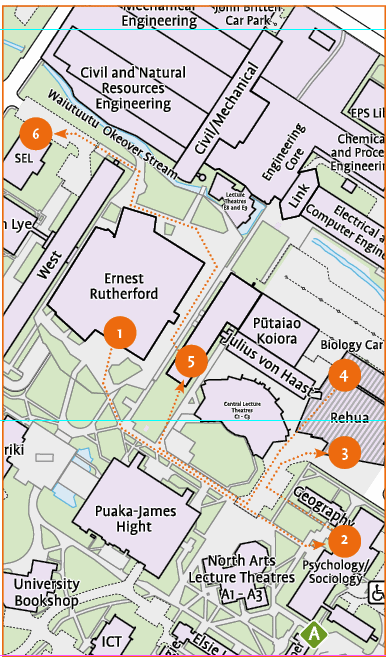
Conventional Seismic Design
1. Ernest Rutherford
Buckling Restrained Braces (BRB)
The red BRBs are a striking feature of Ernest Rutherford, inside and out. The ductility of the steel core offers a predictable dissipation of seismic energy. The concrete casing restricts the steel core from buckling, and limits damage to the rest of the building.
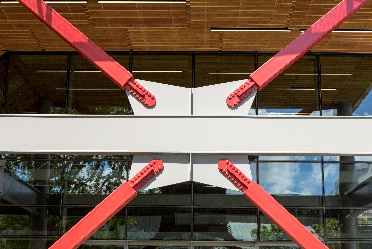
2. Psychology/Sociology
Retrofitted BRB
The Psychology/Sociology building was constructed from 1972-1975 and retrofitted with BRBs in 2000. It was the first building in New Zealand to use this system. BRBs can now be seen in many of the rebuilt steel buildings in the Christchurch CBD.
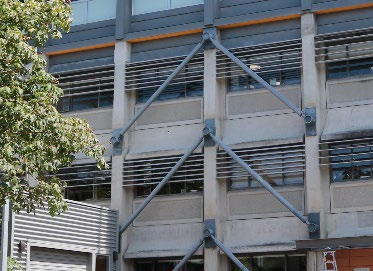
3. Rehua
Seismic Joints
Rehua was severely damaged following the Canterbury Earthquakes and was unable to be occupied until 2019, following extensive refurbishment. Go to each floor and find the seismic joint; it separates the building wings. The joint gets much wider as you go up the building.
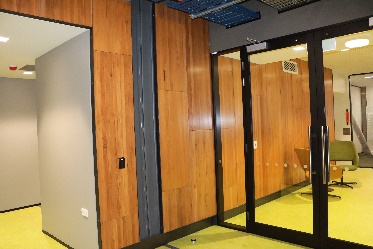
Damage Resistant Design
4. Rehua
Fluid Viscous Dampers
The refurbishment features 144 fluid viscous dampers. During an earthquake, the dampers will convert seismic energy into heat. After a large earthquake, the building will be more likely to be able to be occupied as normal.
Have a look around and see how many dampers you can spot?

5. Beatrice Tinsley
Pres – Lam
Pres-Lam is a rocking joint system developed by UC engineers. This system involves steel cables stretched through laminated timber beams, designed to pull the building back into place without damage during earthquakes. The steel brackets have been engineered to yield in large earthquakes and they are relatively easy to replace.
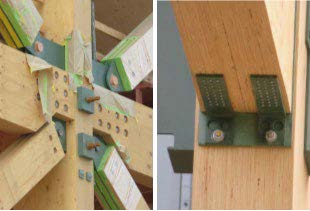
Research
6. Structural Engineering Laboratory (SEL)
Restricted Entry
The SEL is a world-class facility designed for the full-scale testing of seismic loading on structures. The SEL is not open to tour, but you can have a peek through the windows on the west side of the building to see what is going on.
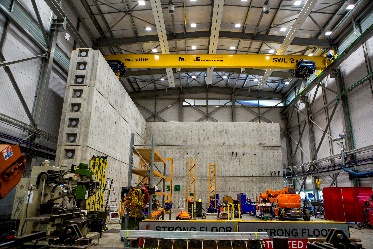
Brochure for download
If you have any feedback on the tour please email [email protected]





